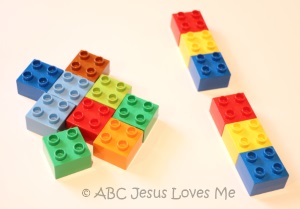
Block-to-Block Direct Matching is a concept that I learned through visual therapy when our son as diagnosed with a visual perception delay. There were so many wonderful developmental points to this activity that I added it to the 4 and 5 Year Curricula and create a page on the website. Plus, it is fun!
1) Set of blocks that have duplicates in shape and color. Here are a few options.
2) Plastic acetate or plexiglass sheets (hard clear plastic) or any transparent product that is strong enough to carry blocks.
Visual perception is the brain's ability to interpret and make sense of the visual information received through the eyes. This skill is vital for reading, writing, and problem-solving. Our Visual Perception Curriculum is a comprehensive workbook designed to strengthen these skills through fun and engaging activities, helping a child build a strong foundation for learning.
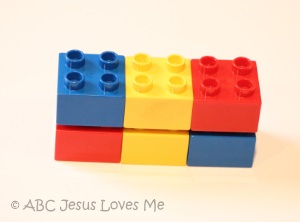
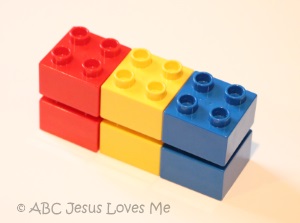
Get your FREE Roll-a-Picture Thanksgiving & Christmas Packet today! Keep little hands busy and spark creativity with these fun, easy games that build fine motor skills and promote learning. Roll a turkey, snowman, Christmas tree and more, and enjoy playful moments during family gatherings, cozy game nights, or classroom activities!
Begin with Pattern #1 and increase as the child shows mastery.
1. 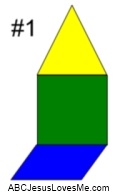 The square is the central part of pattern and is parallel to the table. The other blocks touch the square along an entire side.
The square is the central part of pattern and is parallel to the table. The other blocks touch the square along an entire side.
2. 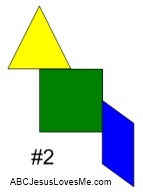 The square is the central part of pattern and is parallel to the table. One or more blocks do not touch the square along an entire side.
The square is the central part of pattern and is parallel to the table. One or more blocks do not touch the square along an entire side.
3.  The square is the central part of pattern and is parallel to the table. The other blocks create "pockets" or an empty space.
The square is the central part of pattern and is parallel to the table. The other blocks create "pockets" or an empty space.
4. 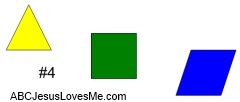 The square is the central part of pattern and is parallel to the table. The other blocks are separated from the square.
The square is the central part of pattern and is parallel to the table. The other blocks are separated from the square.
5. 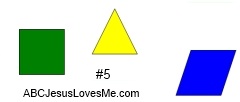 The square is parallel to the table but is no longer the central piece of the pattern.
The square is parallel to the table but is no longer the central piece of the pattern.
6. 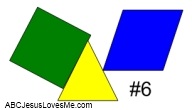 The square is tilted.
The square is tilted.
All information adapted from text from Robert B. Sanet, O.D. and Linda Z. Sanet. C.O.V.T. Copyright 1998